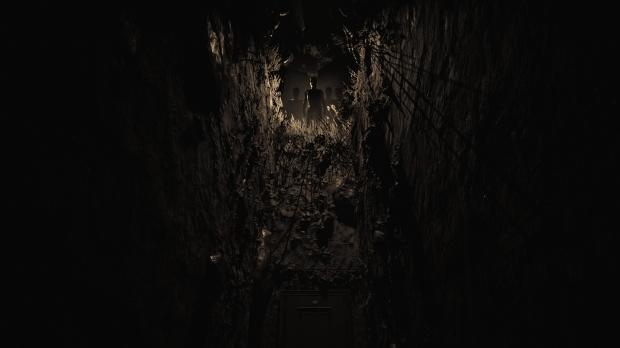
How long has it taken to get to this point? Too long, but it doesn’t matter. That melody… Was that a piano? It sounded just like her… But, no-that would be impossible. Your friends, critics, business partners-soon, they’ll all see. Why haven’t you done this before? It seems so obvious in retrospect. You’ve created countless pieces of art, but never anything like…this. The lowest part of the brainstem is the medulla oblongata, which helps controls heart and lung functions, among other functions.You take another drink as the canvas looms in front of you. Signals from the cortex to the spinal cord and nerves move through the pons, which controls sensory analysis, motor skills, sleep, and consciousness. The midbrain controls eye movements, facial sensation, balance, and hearing. It helps to control our most basic functions and is made up of three parts. Its job is to pass signals between the cerebral cortex and the rest of the body. The brainstem is in front of the cerebellum and is connected to the spinal cord. It helps us to perform quick and repetitive movements. The cerebellum, or hindbrain, handles fine motor movements, balance, and posture. Connection fibers between neurons beneath the surface of the brain are called white matter. The cerebrum has billions of neurons and glia that form the cerebral cortex, its outermost layer. The corpus callosum connects the two sides and transfers signals from one side of the brain to the other. The space between the two hemispheres is called the great longitudinal fissure.

The cerebrum controls coordination, temperature, sight, sound, reasoning, learning, and emotions. The right hemisphere is important for interpreting visual cues and spatial processing. The left hemisphere is largely responsible for language.

The cerebrum, or forebrain, forms the biggest part of the brain and is divided in two halves. Sends messages to pituitary gland and helps to regulate temperature, thirst, water balance, sleep, hormone production, and appetite Responsible for integrating all of the sensory signals coming from the spinal cord and limbic system In front of the cerebellum, connected to the spinal cordĬontrols basic bodily functions that are necessary for survivalĬontrols eye movements, facial sensation, balance, and hearingĬontrols sensory analysis, motor skills, sleep, and consciousnessĬontrols respiratory drive, swallowing, coughing, gag reflex helps to regulate circulation, blood pressure, and heart rate

Helps with memory, language, smell, the ability to recognize faces interprets emotionsĬontrols fine motor movements, balance, and posture Helps us understand our spatial relation to other people and objects interprets touch and pain Largest section of brain, front of the head Interprets visual cues and spatial processing, including emotional, artistic, and visual reasoning processes motor and sensory signals for left side of the body Responsible for language in most right-handed people and about 50 percent of left-handed people controls analytical reasoning and calculations processes motor and sensory signals for the right side of the body

Performs higher functioning processes such as vision, hearing, speech, emotion, and movement Forebrain, largest part of the brain divided into two halves


 0 kommentar(er)
0 kommentar(er)
